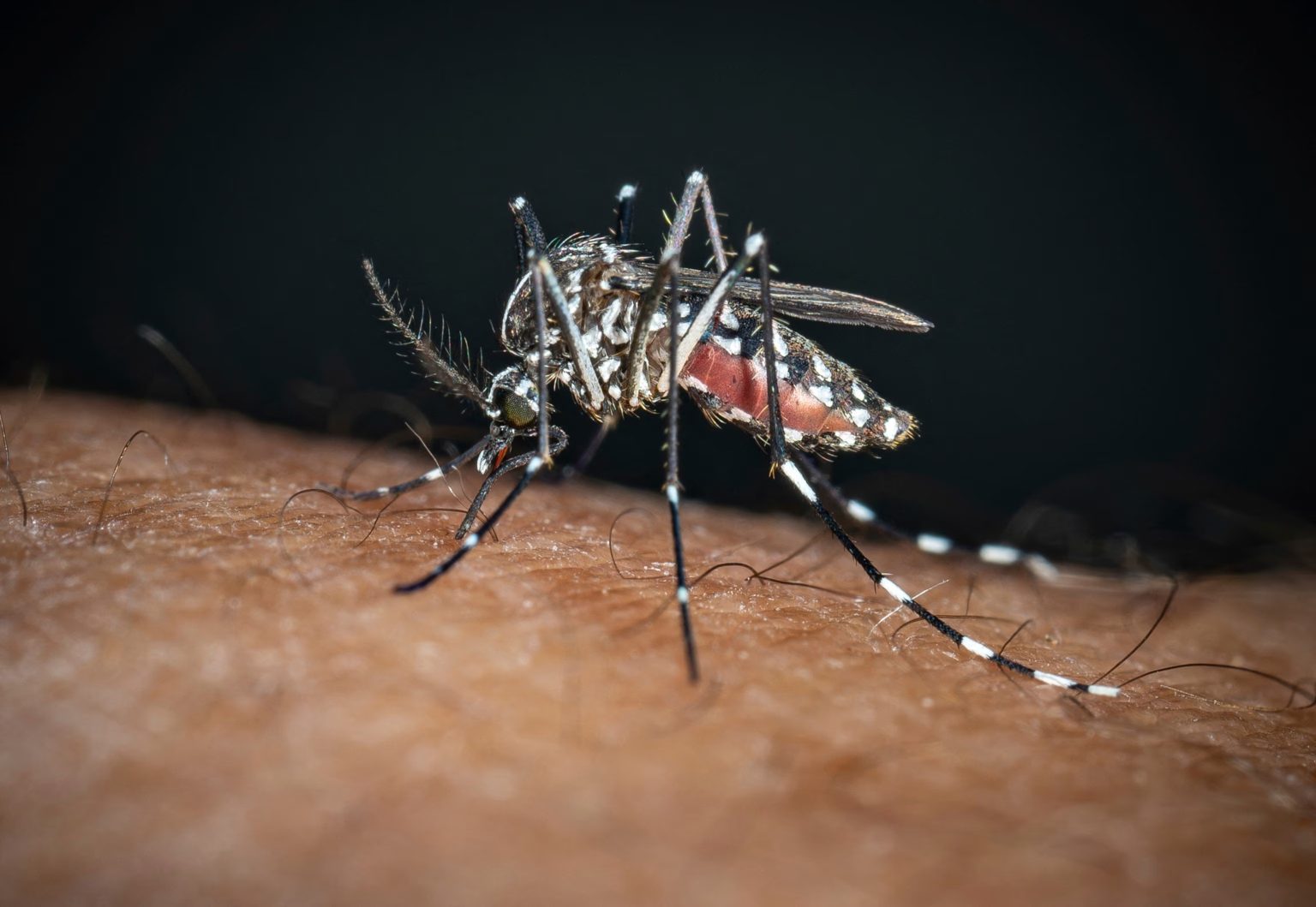Bangladesh is grappling with a sharp rise in dengue cases this monsoon, with the Directorate General of Health Services (DGHS) reporting 18,345 hospital admissions and 69 deaths across the country as of July 23, 2025. July 23 has witnessed 4 deaths due to dengue, the highest in a single day this year.
The mosquito-borne viral disease has spread to 60 out of 64 districts, with the Barishal division being the hardest to be hit. Dhaka, Chattogram, Khulna, Rajshahi, Mymensingh, Rangpur and Sylhet are also one of its major victims. For comparison, around 4900 cases and 50 deaths were recorded throughout the whole country during the same period in 2024. Officials warn that the actual number of infections may be higher, as many patients don’t go to the hospital or seek care from unregistered facilities.
The country has already seen 7,730 admissions in July alone, compared to 5,951 in June. When asked about the increased intensity of dengue this year, Dr. Shaha Md. Ashrafozzaman, an Associate Professor of Medicine at Mymensingh Medical College, pointed to the impact of climate on the outbreak. “This year has seen an early and intense monsoon which can lead to an increased breeding of mosquitoes. That’s why the dengue situation is worse this year,” he explained.
He also outlined some of the most common symptoms of dengue, including: Sudden high fever, severe headache (often behind the eyes), muscle and joint pain, rash, nausea, and vomiting and mild bleeding from the nose or gums.
“If anyone experiences these symptoms, they should not ignore them. it’s important to come to the hospital and get tested as early as possible,” urged the doctor.
Health experts warn that severe dengue can lead to plasma leakage, internal bleeding, and sometimes even organ failure if not treated promptly. Symptoms such as abdominal pain, persistent vomiting, or blood in vomit or stool should be taken seriously.
“While there’s no specific cure for dengue, early supportive treatment can be very effective,” Dr. Shaha explained. He also advised the patients to use paracetamol to manage fever (avoid ibuprofen or aspirin as they increase bleeding risks)
Dengue tests are now being done at most government and private hospitals, diagnostic centres, and community clinics. To encourage early diagnosis, the government has extended low-cost dengue testing (Tk 50) in government hospitals and designated centres until December 31, 2025.
The centers are, Dhaka Medical College Hospital, Shaheed Suhrawardy Medical College Hospital, Rajshahi Medical College, Chittagong Medical College, Mymensingh Medical College
Private hospitals and diagnostic centers are also offering tests, although at higher costs.
Many patients experience lingering symptoms such as fatigue, joint pain, and weakness even after the fever subsides. Dr. Shaha shared some key advice for patients recovering from dengue.
He advised all to avoid heavy physical activity for at least 2–3 weeks, maintain hydration and a balanced diet to rebuild strength, monitor for any delayed complications such as bleeding or persistent fatigue, and seek follow-up care if needed.
He also stressed the importance of not rushing back to school or work too early, particularly in children or older patients, to avoid a relapse or prolonged recovery.
“Having dengue once doesn’t mean you’re safe,” warned the doctor. “A second infection with a different strain can actually be more dangerous and may lead to severe dengue, including internal bleeding or shock.”
With the outbreak showing no signs of slowing, the DGHS has intensified mosquito control activities, including fogging, larviciding, and community-level surveillance.
City corporations and local administrations have been asked to clear stagnant water and monitor high-risk zones.
The citizens are urged to use mosquito nets and repellents, keep water containers covered and wear full-sleeve clothing during dusk and dawn.
The worst-ever dengue outbreak in Bangladesh occurred in 2023, when over 321,000 cases and 1,705 deaths were reported. While this year’s figures are still lower, the current trajectory has raised concerns among public health experts.


